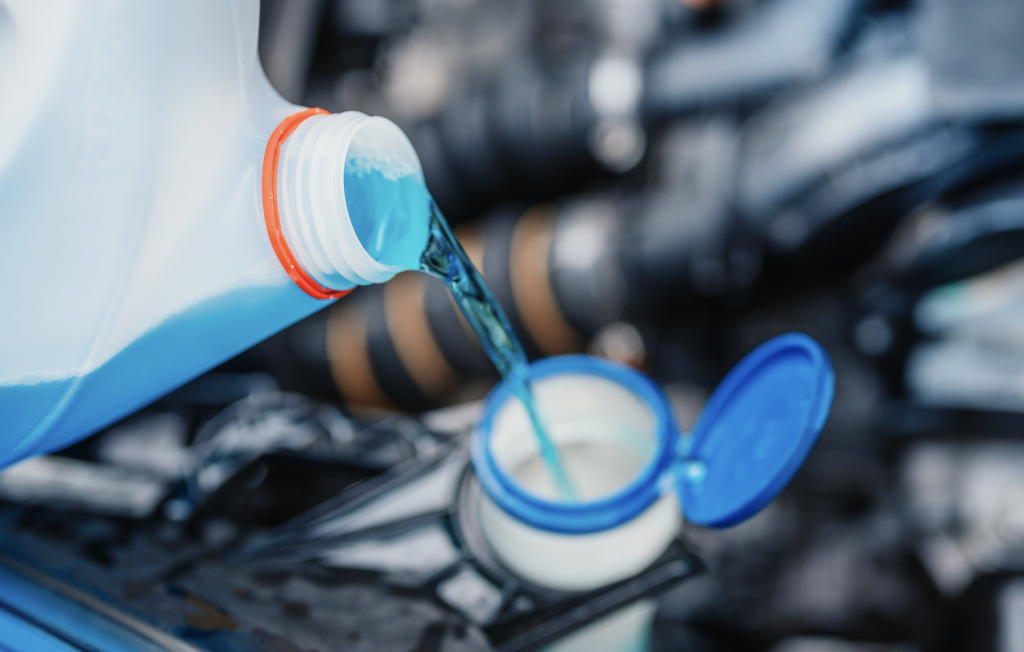
Things are heating up this summer and that means your vehicle is working extra hard to get you where you want to be. Now, when temperatures start to rise it’s important to treat your vehicle right by checking your engine’s coolant. But, there are a few important things we need to know before just popping open the hood and taking a look. First things first, your vehicle’s radiator works to cool your engine and needs water and coolant aka antifreeze in order to function. If your coolant isn’t at proper levels you could end up stranded on the side of the road due to your engine overheating! So, make sure your coolant level is ready for the summer heat! And, if you are worried about checking your level yourself, schedule your service appointment at Fiore Toyota today!
Fiore Toyota’s Guide To Checking Your Coolant Levels:
- Rather than opening up the cap of your reservoir, most tanks are clear and will allow you to be able to see where your coolant levels are. Your coolant should always be at the “full” line. If it’s not, pop open the cap and fill up with a 50/50 mix of water and coolant. Most auto stores sell this premixed for convenience.

- Coolants can vary in colors. Some of the most popular are red, green, blue and yellow. So, if your coolant looks colorless, rusty or has particles floating around – it’s time to flush it all out and fill up with fresh coolant!
- If your coolant has a sludgy, oily surface, it’s important to bring your vehicle into our service department as soon as possible. This could be an internal head gasket leak and you’ll want this fixed right away.
- While you’re working on your radiator, be sure to spend a few minutes checking the hoses. These are the big hoses that go into the top of your radiator and exit the bottom. If these look cracked, bulgy or are extremely squishy, it’s time to replace them!
- WARNING! Do NOT work on a hot engine. Allow your vehicle ample time to cool off. And NEVER open your coolant reservoir before your vehicle has cooled. Coolant can be ejected from the reservoir and could burn you or others standing nearby. Also, only in emergencies should you add only water to your reservoir.



![[Facebook]](https://www.gofioretoyota.com/blogs/586/wp-content/plugins/bookmarkify/facebook.png)
![[LinkedIn]](https://www.gofioretoyota.com/blogs/586/wp-content/plugins/bookmarkify/linkedin.png)
![[Twitter]](https://www.gofioretoyota.com/blogs/586/wp-content/plugins/bookmarkify/twitter.png)
![[Yahoo!]](https://www.gofioretoyota.com/blogs/586/wp-content/plugins/bookmarkify/yahoo.png)
![[Email]](https://www.gofioretoyota.com/blogs/586/wp-content/plugins/bookmarkify/email.png)


